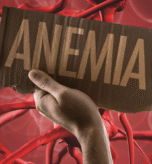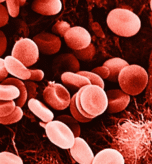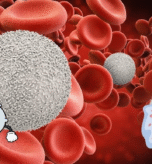90760400977458713 MTN AIRTIME
Phthalates are a group of synthetic chemicals commonly used in a wide range of consumer products, including plastics, cosmetics, and packaging materials. While they may seem like a convenient and cost-effective solution, phthalates have been linked to a host of health problems, making them a potential threat to human well-being.
What are Phthalates?
Phthalates, also known as phthalate esters, are a class of chemicals used to make plastics more flexible and pliable. They are often added to polyvinyl chloride (PVC) products, such as vinyl flooring, shower curtains, and children’s toys. Phthalates are also used in personal care products like fragrances, nail polishes, and hairsprays to help fragrances last longer and to improve the texture and flexibility of products.
Why are Phthalates Bad?
While phthalates may have practical applications, research has shown that they can have serious health consequences. Here are some of the reasons why phthalates are considered hazardous:
- Endocrine Disruption: Phthalates are known endocrine disruptors, meaning they can interfere with the body’s hormonal system. This can lead to a range of health problems, including reproductive issues, birth defects, and developmental disorders.
- Reproductive Problems: Exposure to phthalates has been linked to reproductive issues in both males and females. In males, phthalates have been shown to reduce testosterone levels, leading to decreased sperm quality and fertility. In females, phthalates have been linked to reproductive tract problems and breast cancer.
- Birth Defects and Developmental Disorders: Phthalate exposure during pregnancy has been associated with birth defects, such as genital abnormalities in male infants. Additionally, exposure to phthalates in early childhood has been linked to developmental disorders, including ADHD and autism.
- Cancer Concerns: Some studies have suggested a link between phthalate exposure and cancer, particularly breast cancer and testicular cancer.
- Neurological Effects: Phthalates have also been linked to neurological problems, including attention deficit hyperactivity disorder (ADHD) and cognitive impairment.
How are People Exposed to Phthalates?
Phthalates are ubiquitous in modern life, and people can be exposed to them through various routes:
- Food Packaging: Phthalates can leach into food from packaging materials, such as plastic wrap and containers.
- Personal Care Products: Using personal care products that contain phthalates can lead to exposure through skin absorption or inhalation.
- Dust and Air: Phthalates can be released into the air and dust through the use of products containing these chemicals.
- Children’s Toys: Children can be exposed to phthalates through mouthing toys and other products that contain these chemicals.
Reducing Exposure to Phthalates
While it’s impossible to eliminate exposure to phthalates entirely, there are steps you can take to reduce your exposure:
- Choose Phthalate-Free Products: Look for products that are labeled as phthalate-free or choose products made from alternative materials.
- Use Natural Personal Care Products: Opt for personal care products that use natural fragrances and ingredients.
- Avoid Heating Food in Plastic: Avoid heating food in plastic containers or using plastic wrap to cover food while it’s cooking.
- Dust Regularly: Regularly dusting your home can help reduce exposure to phthalates in dust.
Conclusion
Phthalates are a group of chemicals that have been widely used in consumer products, but research has shown that they can have serious health consequences. By understanding the risks associated with phthalates and taking steps to reduce exposure, individuals can help protect their health and well-being. As consumers, it’s essential to demand more transparency and accountability from manufacturers and regulatory agencies to ensure a safer and healthier environment for everyone.



